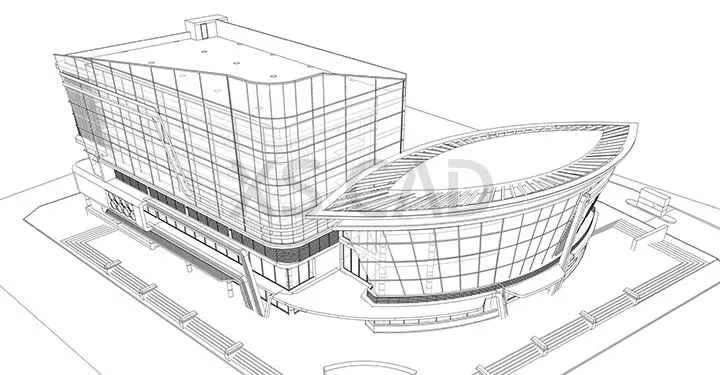Our Articles

How BIM Addresses Design Challenges for Architects
Architects bring visions to life, and a significant portion of that process is the architectural design itself. Over the years, the architectural design process has transformed. What seems to have become an inevitable imperative is the use of information and data-rich models, such as those created in architectural BIM modelling, to communicate design intent, assess performance and cost implications and incorporate design changes in the initial stages of the design process.
While the way you design, collaborate, communicate and deliver projects may have changed based on industry demands, the introduction of new software such as Building Information Modelling (BIM) tools not only helps address real-world design challenges they also enhance the design development process using 3D BIM modelling and architectural CAD outsourcing services.
The initial stages of the design process are crucial.
How BIM Addresses Design Challenges for Architects
When using BIM, architects must realise the potential of BIM beyond its function as a 3D BIM modelling tool to create construction documents. BIM modeling helps to create data-rich 3D models which provide users with an opportunity to make better design decisions and improve building performance. To capitalise on the strengths of a tool such as BIM, one must clearly understand what it is and what it is not and how it can be utilised strategically.
There can be several LOD levels for different components or parts in the same model. By agreeing upon certain protocols at each level of the design development stage, various components of the BIM model can be developed, used and exchanged for different project stakeholders.
It helps to create data-rich building models, which are beneficial in the following ways:
It can be used by designers with or without experience, as creating 3D BIM models is a step up from 2D CAD drafting.
It solves design problems.
There is data that is inherent and attached to objects, such as:
Using this information and tools such as BIM, data-rich models can be created to provide information on the usage of spaces, apart from physical design characteristics.
When adopting architectural BIM modelling as a course of design, large architectural firms must transform from single discipline to multi-disciplinary, contractor-led, risk tolerant firms, and small architectural firms must become responsive and agile. By availing of BIM modelling services, quantitative implications of various design options, using 3D BIM modelling, can be assessed to make improved design decisions. Harvest the information intelligently and strategically using the ‘I’ in BIM.
XS CAD has valuable experience providing CAD services and architectural BIM modelling services for global firms and building owners. Our range of services for architectural firms across the world include architectural design services, architectural drafting, 3D BIM modelling, 3D CAD modelling, 3D rendering and walk-throughs. We create these models, drawings and Revit 3D BIM modelling services by using Revit, AutoCAD and BIM 360 Design for cloud collaboration.

